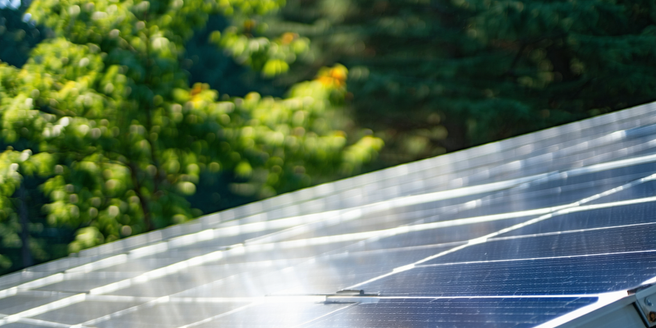Green Energy For Homes

Understanding the Basics of Green Energy
Green energy refers to the use of natural sources that are renewable and sustainable, reducing dependence on fossil fuels which contribute to pollution and global warming. Sources such as solar, wind, and hydroelectric power are considered green because they harness natural processes that are constantly replenished. Understanding the basics involves knowing how these technologies work and their impact on the environment. Solar panels convert sunlight into electricity, wind turbines harness air movements, while hydroelectric systems use flowing water to generate power. Implementing green energy at home can significantly decrease carbon footprints, as these sources do not emit carbon dioxide once in use. Making the transition begins with evaluating the energy needs and available renewable options, taking into account geographical location, initial investment, and long-term savings.
Benefits of Using Renewable Energy at Home
Adopting renewable energy at home provides numerous benefits. Firstly, it reduces environmental impact through decreased reliance on fossil fuels, thereby lowering carbon emissions and aiding in combatting climate change. Economic advantages include cost savings on energy bills over time, as renewables can be more affordable after initial setup costs when compared to traditional energy sources. Additionally, renewable energy systems often increase property value, showcasing a commitment to sustainability. Homeowners harnessing solar, wind, or geothermal energy enjoy energy independence, lessening vulnerability to energy price spikes. Moreover, governments around the world offer tax incentives and rebates to support the installation of renewable solutions. Embracing renewables empowers communities by fostering a cleaner, more sustainable environment, while also encouraging innovation and advancements in energy technology, ensuring a sustainable future for upcoming generations.
Home Solar Panel Installation Guide
Installing solar panels at home is a great step toward energy independence. Begin by assessing your energy needs and roof space, considering orientation and shading factors for optimal sun exposure. Consult with a reputable solar energy provider to evaluate your options, including panel efficiency and costs. Most installations will require a permit from local authorities, so ensure you comply with regulations. Choose between options like photovoltaic panels that convert sunlight directly into electricity, or thermal ones that heat your home. During installation, panels will be mounted on the roof using an angle that captures the most sunlight. Wiring connects panels to an inverter which converts DC to AC electricity for home usage. Finally, monitor the system’s performance and maintenance needs. Investing in solar technology not only promotes environmental sustainability but also results in significant long-term savings.
Energy-Efficient Appliances and Solutions
Replacing conventional appliances with energy-efficient models offers significant home energy savings. Start by looking for the energy star label, which signifies compliance with efficiency standards that can reduce energy consumption and utility costs. Energy-efficient refrigerators, dishwashers, and washing machines use advanced technology to perform the same tasks while consuming less power. In addition to appliances, consider LED lighting which provides longer-lasting illumination using minimal energy. Implementing smart thermostats, which adjust home temperatures based on your schedule, optimizes heating and cooling efficiency. Furthermore, water-saving solutions in bathrooms and kitchens contribute to broader energy savings. Insulating walls and attics help maintain consistent indoor temperatures, reducing heating and cooling demands. These combined efforts in energy efficiency not only lead to reduced carbon footprints but also promote a sustainable lifestyle and substantial cost savings on utility bills.
Government Incentives and Rebates for Green Energy
Governments globally offer various incentives and rebates to encourage the adoption of green energy. These financial aids reduce the initial costs of installing renewable energy systems like solar panels and wind turbines. In the United States, for example, federal tax credits can cover a significant percentage of installation costs. Many states offer additional incentives, providing further financial relief. Similar programs exist in other countries, reflecting a worldwide push towards sustainable energy use. Grants, low-interest loans, and performance-based incentives are among the available options designed to make green energy more accessible. By leveraging these incentives, homeowners can accelerate their return on investment. Staying informed about the latest programs is crucial, as policies frequently evolve to match climate goals. Taking advantage of these government offers not only eases the financial burden but also contributes positively to environmental preservation.